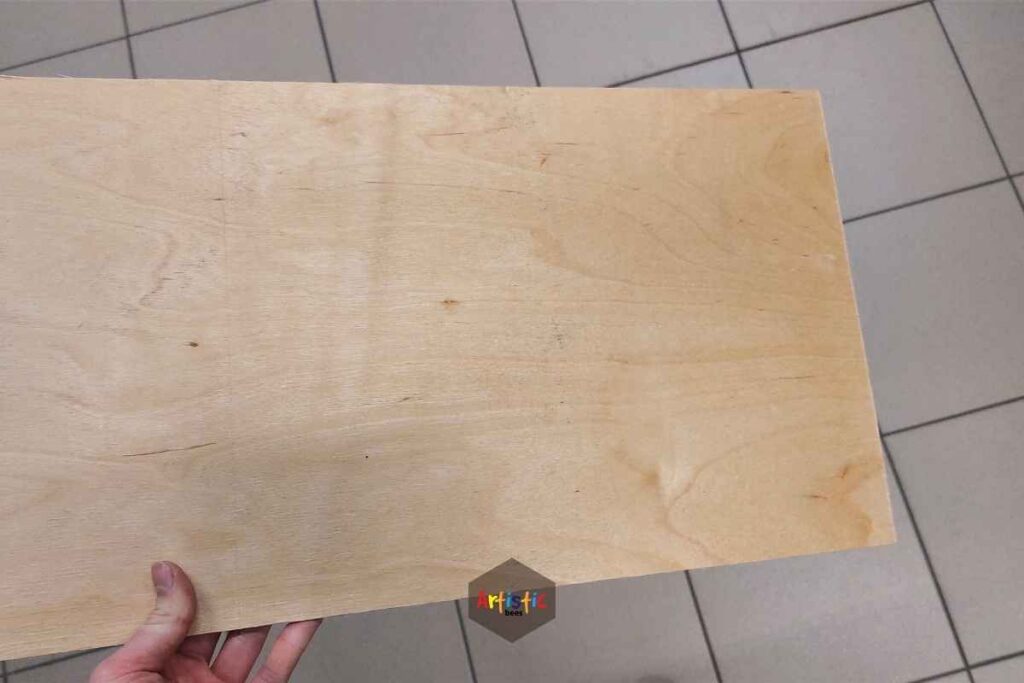Acrylic paints are vibrant, bright, and have excellent durability. They are easy to paint with and you can apply them on a variety of surfaces. All these qualities make acrylic paint a very popular medium among artists. But what is the best surface for acrylic paint? That’s what we are trying to find out.
Canvas, paper, and wooden boards are the best surfaces to make acrylic paintings. Canvas is best when you are creating traditional paintings for galleries. However, if you are looking for a more water-color-like effect, then the paper is the best surface. On the other hand, wood is the ideal material for detailed acrylic work.
The following discussion looks at each of the surfaces and their best uses. Read on to find out which surface is best suited for the work you are trying to do.
The Three Most Popular Surface For Acrylic Paints
There is no definite answer as to what the best surface is for acrylic painting. However, most of the best acrylic paintings are found on one of these three surfaces- canvas, paper, or board. So, depending on the type of work you are doing, you can choose any one of these three.
Canvas

A huge number of acrylic painters choose canvas as their surface. There are many good reasons behind it. Canvasses are cheap and easily found. Plus, they deliver excellent and professional results. There are two types of canvas: cotton and linen.
Cotton canvas
These canvases are more affordable than linen. When you are working on small projects, you can easily choose a cotton canvas. Most cotton canvases found on the market come pre-primed. So, you can start painting on the right after buying.
However, these canvases are less flexible than their linen counterparts. Plus, the artist might feel the surface lacks the necessary rigidity for painting. Therefore, cotton canvases are not suitable for bigger and more serious projects.
To make a cotton canvas more suited to your needs, you might apply gesso to the surface. If you don’t want to do that, use a bristle brush when you work a heavy body of paint into the canvas.
Linen Canvases
Linen is more rigid and tough than cotton. Therefore, these canvases create a more durable painting. With linen, the artist can paint on a firmer surface. You can use heavy brushstrokes without worrying about the surface warping under pressure. Moreover, these canvases have the lightest weight.
The qualities of linen canvas make it ideal for larger works that you plan to hang in a gallery and sell afterward. Your painting would remain intact for a long time in a wide variety of environments. So, although it’s the most expensive kind of canvas, it’s a good investment for a large-scale project.
Paper

Paper is also an excellent surface for acrylic painting. It is cheap and readily available. Plus, paper is one of the most absorbent surfaces. Therefore, if you like to thin your acrylic paint with a lot of water, paper is the ideal choice for you.
However, you have to keep a few things in mind. Firstly, you cannot use thin paper. For example, newsprint and construction paper will wrinkle and warp when the paint dries up. Use thick watercolor paper or heavy drawing paper. Your paper should weigh 290 g/m2 or more.
Secondly, when you paint on paper with acrylic, use removable tape to secure the edges. This will keep your painting from warping. Also, don’t support your paper upright like a canvas. Rather, use a flat surface for painting. So, the thin acrylic paint would not run down.
Boards

These are the most rigid and smooth painting surfaces among the three. Plus, the paint does not sink into the texture. As a result, there is no warping when the paint dries, and the artist can create more detailed paintings on this surface.
Solid woods like birch and mahogany are great surfaces for acrylic paint. Plywood, MDF, and hard boards work well too. Actually, you can take any ideally shaped piece of wood, varnish it, and then use it as a surface for acrylic painting.
However, this is the heaviest of the three surfaces. So keep that in mind if you have to move your painting frequently. To get the best effect, use boards made from birch or maple wood.
Other Surfaces On Which You Can Use Acrylic Paint

Apart from creating traditional paintings, acrylic can also be used to paint and decorate clothes, household items, and outdoor items. So, the following surfaces also work well with acrylic paint.
Fabric: Most hand-crafted t-shirts and dresses are painted with acrylic paint. With this medium, you can create unique, colorful designs on jeans, cotton, silk, and leather. Plus, the color stays bright and vibrant for a long time. Even after multiple washings and rough use, they don’t lose their glaze.
But remember to use fabric medium if the fabric you are painting on is going to be worn or used in any way. Medium makes the paint flexible and more durable on fabrics.
If you interested more about Fabric painting, then check our article: Can You Use Acrylic Paint On Fabric? – Explained
Metal: Acrylic paint can be used on metallic surfaces to paint cars, bicycles, and decorate gates. However, you do need to do some additional preparation. Firstly, you need to make sure the paint adheres to the surface for the long term. Secondly, you have to prepare the metallic surface so that it is rustproof.
Glass: You can decorate windows, vases, and other glassware by painting them with acrylic paint. However, you need to etch or sandblast the surface first. And this turns the surface a bit cloudy. Always be safe and careful of sharp edges when working on a glass surface.
Conclusion
If you were wondering what the best surface for acrylic painting is, hopefully, the above discussion has been able to provide you with some answers. By now, you should understand that there is no single best surface.
Rather, each surface has its best use based on the work you are trying to do. I wish you success in your art.



